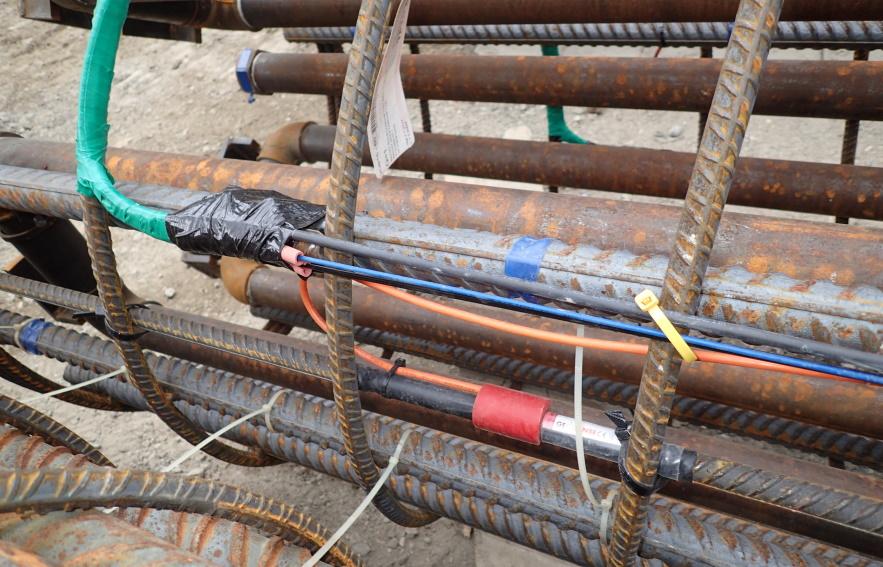
Submitted by Simone Castello on Wed, 26/05/2021 - 15:27
A paper on precision error analysis in strain monitoring has been published in Structural Control and Health Monitoring, the journal of the International Association for Structural Control and Monitoring.
The paper, titled ‘Repeatability precision error analysis of the distributed fiber optic strain monitoring’, is the result of collaborative work between CSIC and UC Berkeley and is co-authored by Linqing Luo, Ying Mei, Nicholas de Battista, Cedric Kechavarzi and Kenichi Soga. It focuses on the precision error of distributed fibre optic sensor (DFOS) measurements due to the uneven strain distribution caused by the way the fibre optic sensing cables are attached or embedded into a structure.
Precision error in Brillouin optical time domain reflectometry (BOTDR) strain measurement is the combination of the frequency resolution‐induced error caused by the distorted Brillouin spectrum of nonuniform strain profile and the distance resolution‐induced error of the interrogator.
Evaluation of the precision error is important, especially when long-term monitoring is required. The uneven strain distribution can affect data interpretation. Correction methods are discussed in the paper, including the horizontal shift method, which decreases the precision error by as much as 50%. An example of the precision error analysis is provided in the paper, using data acquired from a pile monitoring project carried out by CSIC.
The authors conclude: “In structural health monitoring application of distributed BOTDR strain measurement, the fiber optic sensing cable should be installed carefully so that the initial strain profile is as uniform as possible. After cable installation, every installation should conduct a precision error test on the baseline reading so that the quality of the installation can be evaluated by plotting the precision error–strain gradient relationship. A better quality of the strain increment data from the subsequent readings can be achieved by the data correction method described in this paper.”
Read the full paper here or contact CSIC for further information.
